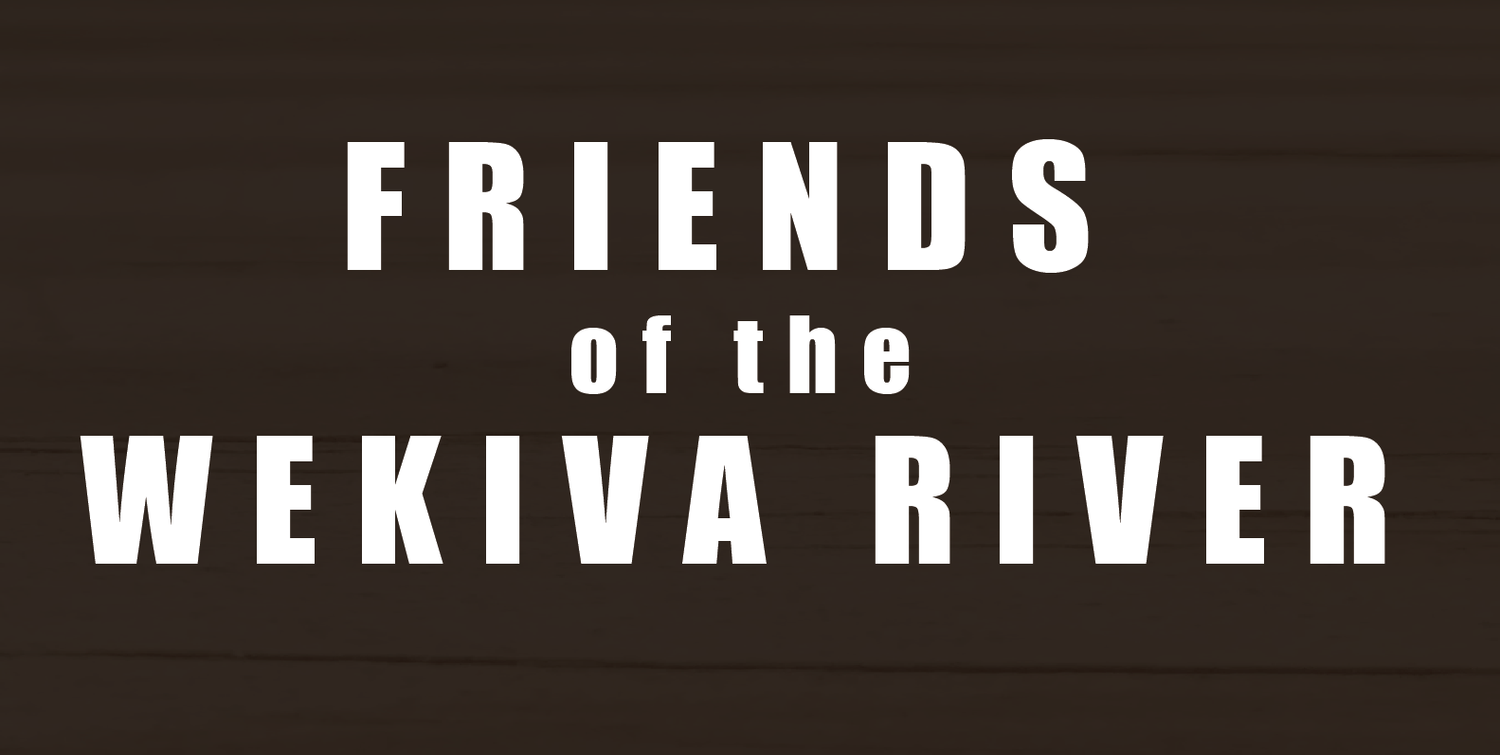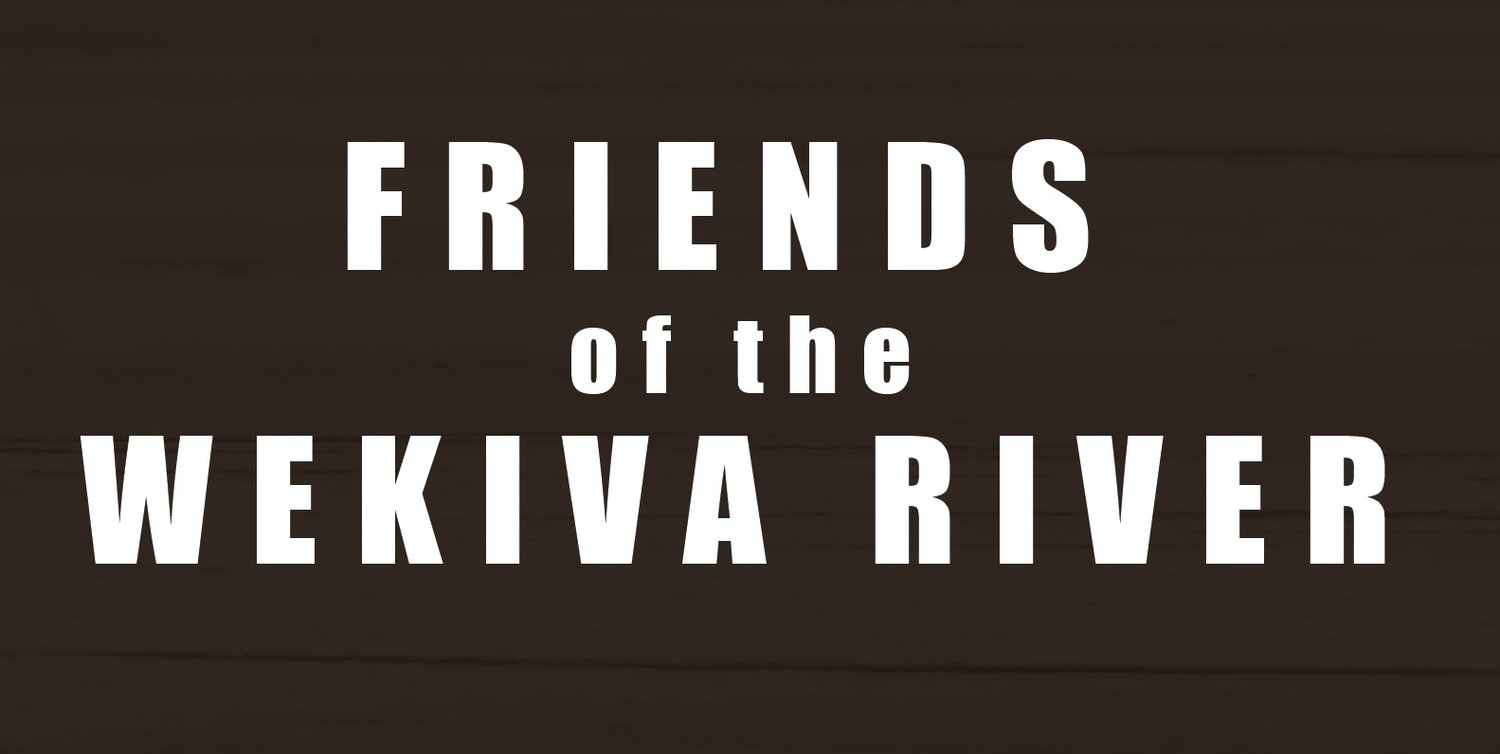Rock Springs Run
Paddling Rock Springs Run to Wekiwa Springs State Park, immersed in the essence of a spring-fed river
By Jay Exum
Jay is a featured columnist on environmental issues for 2017 editions of Seminole Magazine.
It is particularly alluring for an ecologist to float Rock Springs Run, a flow-way that is an integral part of the Wekiva river system. But you don’t need to be an expert in water quality or wildlife habitat to be enthralled by the beauty you’ll encounter on a canoe trip along this invaluable central Florida waterway. The experience is wonderful in and of itself—with its clear waters, constant flow and picturesque scenery—but there is even more substance than style in the 5-hour jaunt to Wekiwa Springs State Park or the privately owned Wekiva Island. This stretch is powered by the clear, spring-fed flow from Rock Springs, and it courses through mature forested canopies on state-owned land managed for native biological diversity.
Recently, a friend and I paddled Rock Springs Run early enough to experience a glorious morning mostly full of solitude on one of the most natural portions of the Wekiva Wild and Scenic River System. We found diverse wildlife, clear water and native vegetation during a relatively short trip that was naturally inspiring. I’m sure that a few hours later, the raucous enjoyment of the slew of canoers that traverse this run most weekends might have changed our experience, but for a while we felt as though we were the only people on a pristine river.
Even though the Wekiva basin is sometimes referred to as the most protected river system in the state, it sits at the edge of the metro Orlando urban complex. From this complex comes subtle but impactful pollutants: sediments from storm water runoff, fertilizers leaching through permeable soils and nitrates from an abundance of septic tanks. These sources pose a constant, nagging threat to water quality and habitat in the basin.
Fortunately, through a number of focused efforts over the past 50 years, the state has insightfully acquired about 80,000 acres of natural habitats and areas important to recharging the Floridan aquifer from which Rock Springs emerges. These land purchases and numerous other protective measures sustain the water quality and natural habitats along Rock Springs Run.
In addition, the Wekiva River, together with Wekiwa Springs Run, Rock Springs Run and Black Water Creek, were designated by Congress as a National Wild and Scenic River in October 2000. Wild and Scenic Rivers must possess one or more “outstandingly remarkable” value. The designated waters within the Wekiva River System were found to possess five: scenic, recreation, wildlife and habitat, historic and cultural resources, and water quality and quantity.
My notes from the float recorded subtle changes in canopy species in the habitats along the Run. We passed along mature mixed floodplain swamp with bald cypress, green ash and black gum; majestic live oaks in hammocks perched 3 feet above the river; and towering loblolly pines with scattered water oak and cabbage palm. A mixture of invasive exotic plants have generally wreaked havoc tend to encroach on aquatic habitats in Florida, but Rock Springs Run is mostly dominated by native vegetation, including spatterdock, giant bulrush, pickerelweed, water hemlock, duck potato and eelgrass.
We heard the wildly distinctive sounds of barred owls, pileated woodpeckers, limpkins, pig frogs and bronze frogs. We paddled right past a dozen species of wading- and water-dependent birds, and we heard or saw two dozen more passerines, or perching birds in the canopy. And of course, we saw quite a few alligators—several sunning comfortably on the spots they had scoured out of the bank and several more swimming to some more discreet enclave to spend the day.
It is indisputable that portions of the Wekiva Wild and Scenic River have been affected by extensive timber harvesting, water quality degradation and diminished spring flow. But the canoe trip from Rock Springs Run to Wekiwa Springs State Park is still an unbeatable voyage into a wild, scenic and biologically distinct river run that offers idyllic vistas and a serene experience through protected natural lands in Central Florida. I highly recommend the trip!
Where to Go?
Paddling Rock Springs Run—A truly Wild and Scenic experience
There are a few ways to enjoy the wonderful scenery and natural habitats around Rock Springs. Although frequently crowded by midmorning, Orange County’s Kelly Park, in Apopka, is where you can see Rock Springs’ crystal-clear groundwater emanating from the deep Floridan aquifer. You can’t begin a canoe trip there, but you can wade and tube in a small section of the Run.
The most convenient place to begin a canoe or kayak trip down the Run is at Kings Landing, where you can either rent a kayak or canoe or use your own vessel, paddle to Wekiwa Springs State Park or Wekiva Island, and be shuttled back. This trip may stimulate you to plan trips along other segments of the Wild and Scenic Wekiva River, including the Wekiva Springs Run from Wekiwa Springs State Park, the Wekiva River, Blackwater Creek or the most urban tributary of the system—the Little Wekiva River.
Jay H. Exum, Ph.D., is a wildlife biologist and board member of the Friends of the Wekiva River and the Florida Wildlife Federation.






